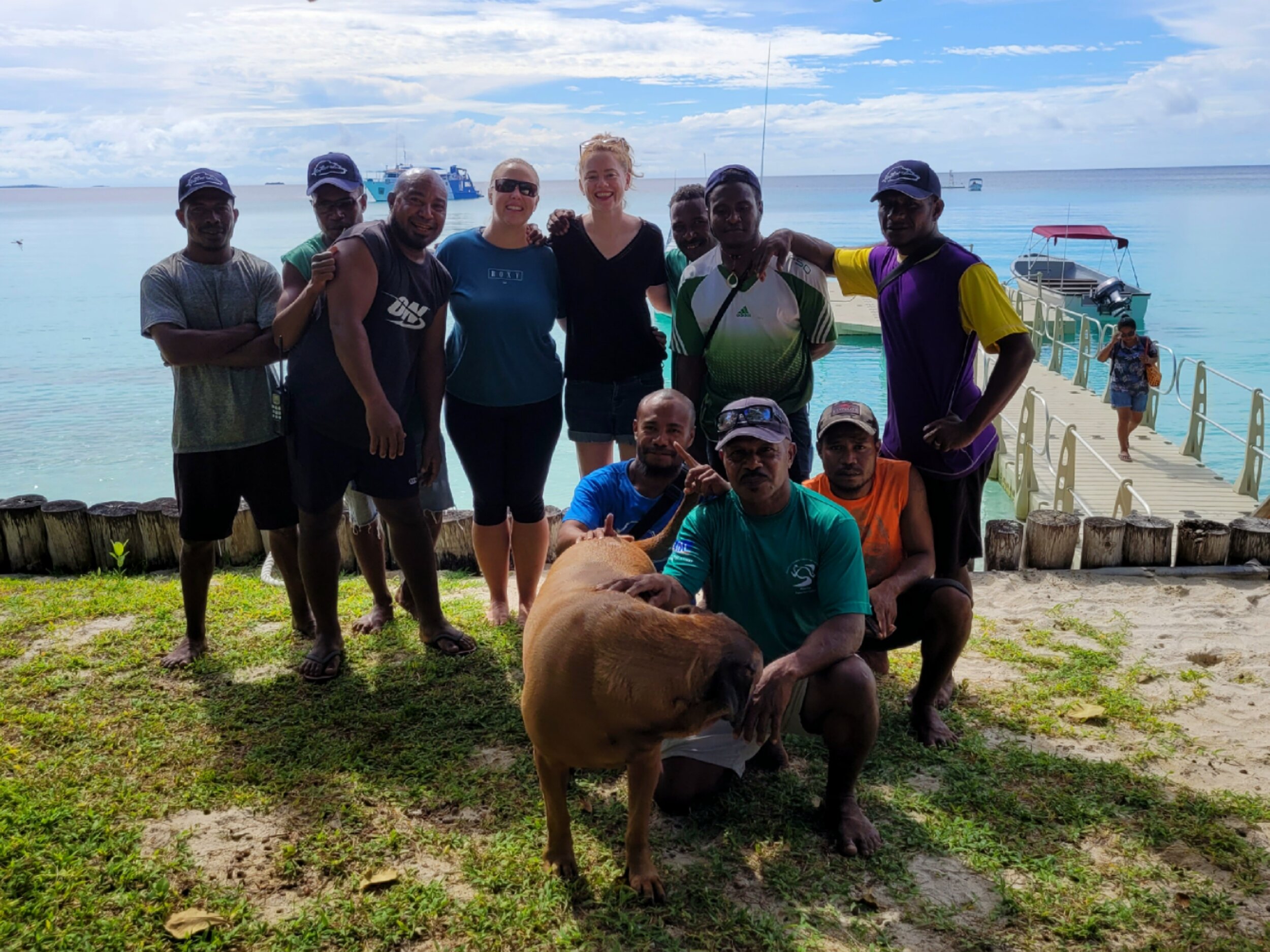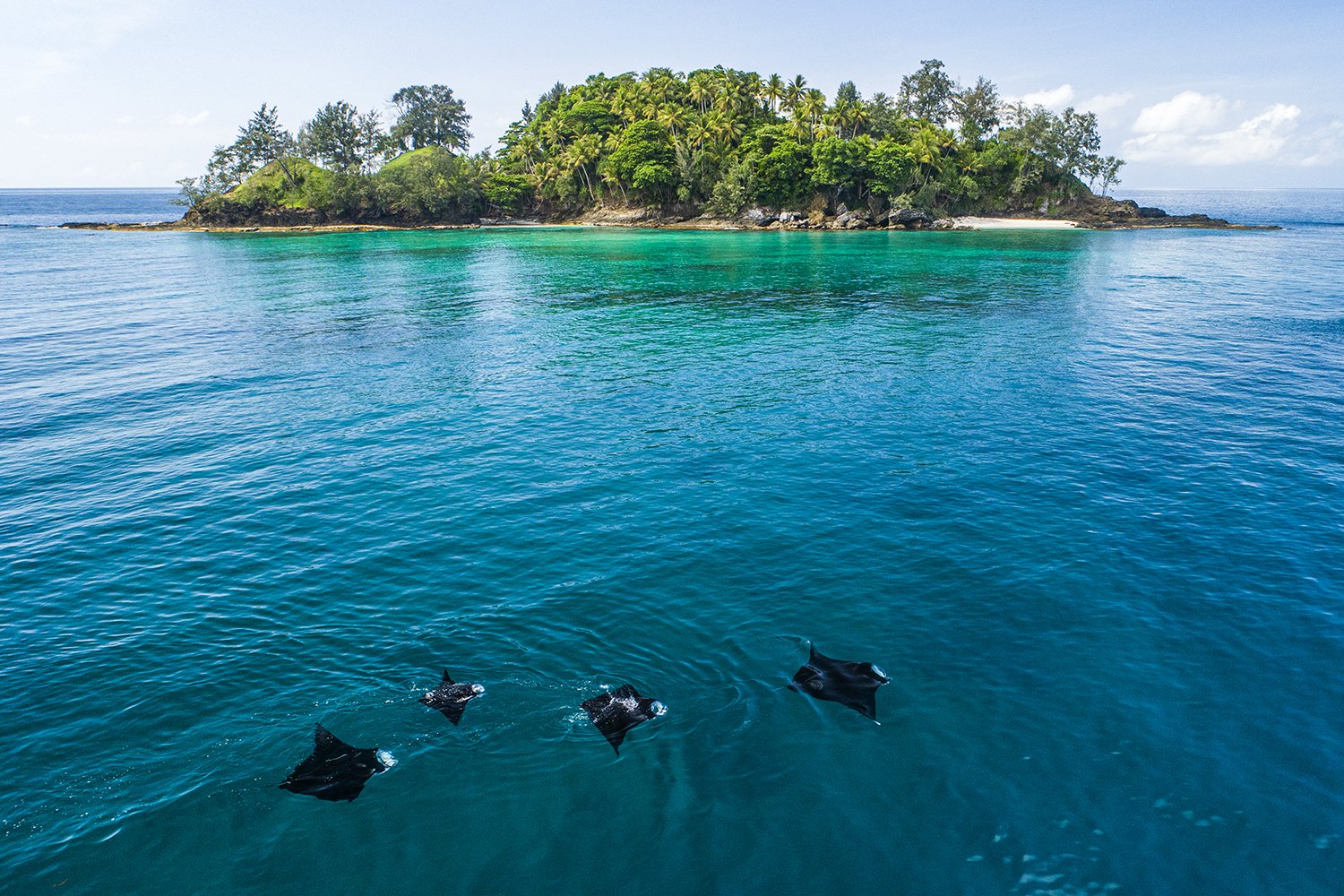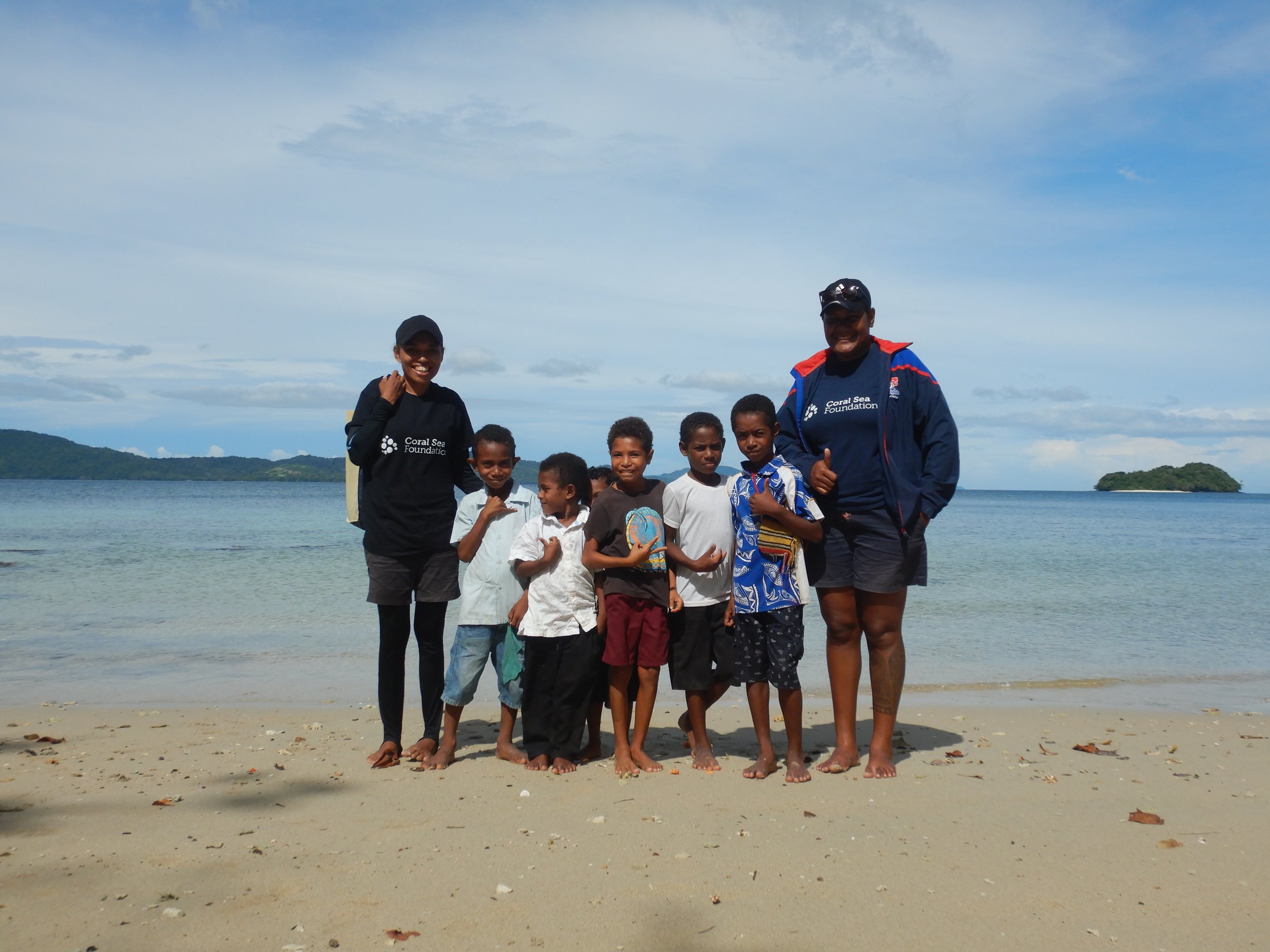
PROJECT OVERVIEW
Papua New Guinea is located in the Indo-West Pacific Ocean at the centre of the world-famous Coral Triangle. With more species per square kilometre than almost anywhere else in the world and making up just 1% of the Earth’s land, yet hosting 7% of the world’s biodiversity, Papua New Guinea’s eco-diversity is unparalleled. Over two-thirds of all reef fishes in Papua New Guinea are found in the Milne Bay Province, however, the region is data poor in regard to its elasmobranch population although both species of manta rays can be seen here.
The waters of Milne Bay Province are one of the few places where endangered oceanic manta rays (Mobula birostris) and vulnerable reef manta rays (Mobula alfredi) can be studied together alongside, their cousins, spinetail devil rays (Mobula mobular). With no reported fishery in Papua New Guinea and minimal human presence, Milne Bay’s remote location offers a rare opportunity to study these rays away from fisheries impacts and give global manta conservation efforts a baseline of population health to aim for.
This region is critically understudied meaning that as of yet, we lack the data needed to fully comprehend the population structure of mobulid species found in the Milne Bay Province. This in turn means that our understanding of the population dynamics and movements remains poor. The Papua New Guinea Manta Project (PNGMP) will collect data focused on building the regional manta ray database in order to monitor the population, movement patterns, site fidelity and behaviour. This project will also raise awareness of the threats and conservation needs of manta rays across the wider Papua New Guinea region, running educational outreach events for local communities.
Working with local teams, this project works to educate, employ, and empower indigenous women and local rangers from the Milne Bay Province. We work holistically to learn more about the ecology of and threats to these isolated and understudied manta rays, collaborate with local government, NGOs, and stakeholders to improve conservation management measures and build local capacity.
Sea Women of Melanesia team members conducting a community outreach event
Manta ray research surveys led by PNGMP in Papua New Guinea
The PNGMP team working alongside the Conflict Islands Conservation Initiative (CICI) rangers
PROJECT GOALs
To better understand the population dynamics of manta and devil rays throughout the Milne Bay Province and across Papua New Guinea region, in order to support local capacity building by working hand-in-hand with local NGOs throughout the region.
MAIN OBJECTIVES
To achieve this goal, the Papua New Guinea Manta Ray Project works to meet the following objectives:
(1) Identify reef and oceanic manta ray aggregation sites throughout the Milne Bay Province, and assess the connectivity between manta rays observed at these sites;
(2) Build and expand upon the regional database of reef and oceanic manta rays created by previous manta research;
(3) Discover the migration patterns, population structure, ecology and biology of the Papua New Guinean manta rays, using photo identification, citizen science, drones, environmental monitoring and local knowledge;
(4) Raise awareness of the conservation needs of manta rays in Papua New Guinea, and the benefits of sustainable tourism of these animals;
(5) Assist the Papua New Guinea government in identifying and implementing more effective management solutions for sustainable manta ray tourism in the Conflict Islands and the wider Milne Bay Province.

PROJECT LEADER - DR. ANNIE MURRAY
Annie first fell in love with the ocean as a child and after briefly dabbling in the Arts world, she decided to take a risk, booked a plane ticket, and embarked on a career in the marine world. During her time as a dive instructor, she had her first interaction with manta rays, and everything changed.
She embarked upon a MSc in Marine Environmental Management, where she first got involved in manta research, conducting her MSc research with the Maldives Manta Conservation Programme looking at human-manta interactions. Sparking a keen interest in manta behaviour, this luckily led to Annie completing a PhD studying the conservation and social behaviour of reef manta rays in the Maldives, whilst working as Research Officer in Baa Atoll. Since then, Annie has been involved in some of the Manta Trust affiliate projects including wonderful years project managing the Manta Caribbean Project and supporting the Chagos Manta Ray Project.
Annie officially established the Papua New Guinea Manta Project in 2023. She aims to learn more about this understudied population of manta rays, building on previous research conducted in the region to answer the many questions regarding their population dynamics and population movements, whilst maintaining a strong focus on supporting local researchers and communities.

Key Achievements
Conducted a feasibility study in partnership with the Manta Trust and the Conflict Islands Conservation Initiative to increase our knowledge of the manta rays in this remote biodiversity hotspot.
Conducted ongoing training and field trips with the Sea Women of Melanesia and collaborated with the Coral Sea Foundation to incorporate valuable manta research into their programme.
Photos from the field



















